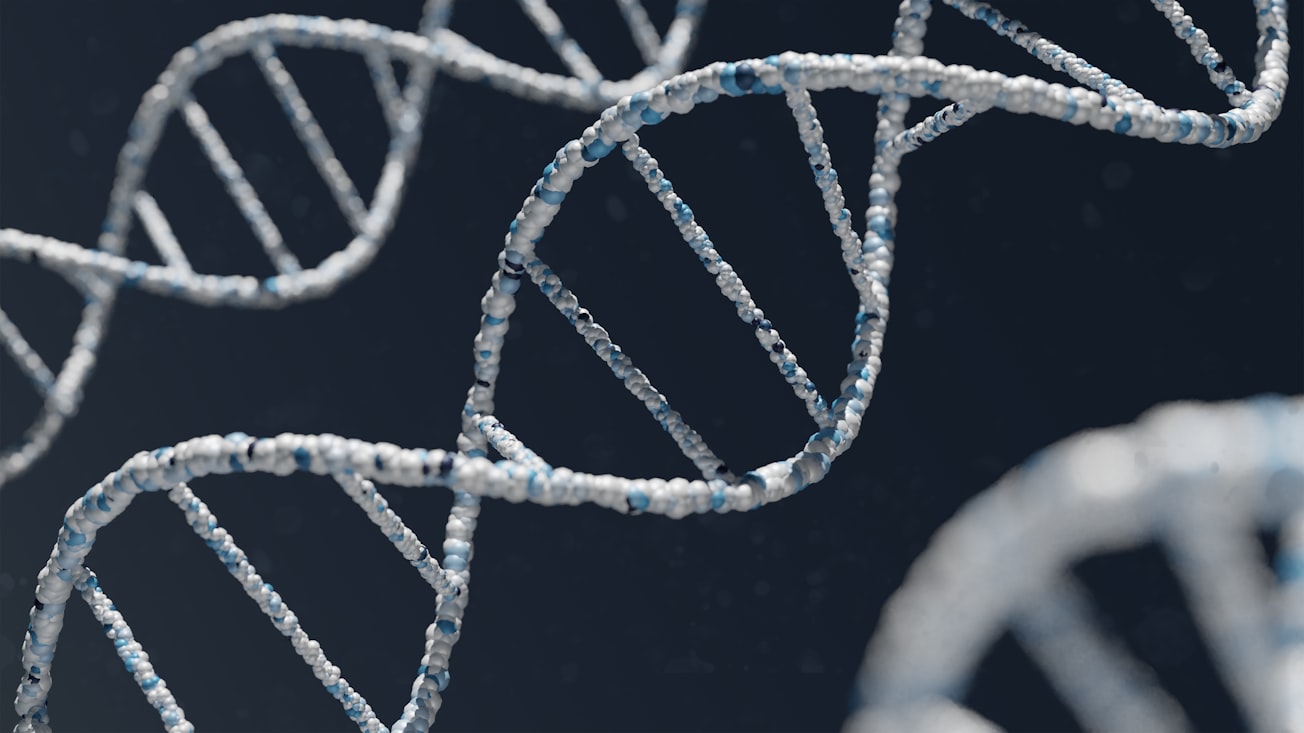What is it about?
Existing and new medicines need to be tested to ensure their safety for human use, which is still done primarily with animal experiments. Experiments with isolated human cancer cells are envisioned as substitute for toxicity testing in healthy human tissue, but these cell types do not necessarily respond in exactly the same way. Computer simulations of cellular toxicity cascades can be used to translate phenomena in cancer cells to healthy cells and to mimic differences between individuals in response to a drug.
Featured Image

Photo by Warren Umoh on Unsplash
Why is it important?
To limit the use of animals for drug safety testing, there is a growing demand for alternative methods. Experiments with isolated human cancer cells are therefore used to test for toxicity, but it is not known whether these experiments capture the variability in responses to a drug that exists within a human population. It is important to know how the observations in isolated human cancer cells relate to the behavior of healthy cells of different individuals to improve the value of such test systems. This helps to limit the number of animals needed for drug safety testing.
Read the Original
This page is a summary of: Model-based translation of DNA damage signaling dynamics across cell types, PLoS Computational Biology, July 2022, PLOS,
DOI: 10.1371/journal.pcbi.1010264.
You can read the full text:
Resources
Contributors
The following have contributed to this page







